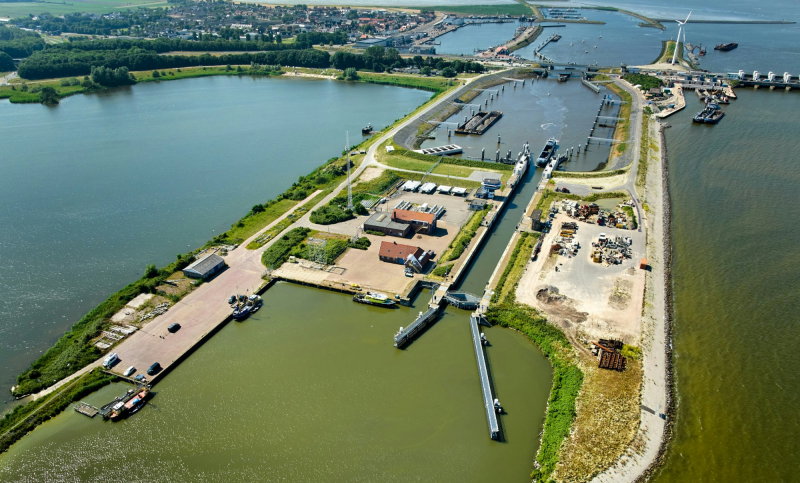Your cart is currently empty!
Rijkswaterstaat, TNO-ESI and TUE improve control requirements in tenders
In renovations of movable bridges and water locks, Rijkswaterstaat (RWS) is adopting synthesis-based engineering (SBE) to map out control requirements before including them in tender dossiers. This should lead to more efficient collaboration with market parties implementing the control software for the Dutch government’s infrastructure agency. For several years, RWS has been exploring the benefits of SBE together with TNO-ESI and the Control Systems Technology section of Eindhoven University of Technology (TUE). The decision to adopt the methodology follows successful pilots and a market consultation.
Bridges and locks are controlled by software that ensures the objects operate correctly and safely. For example, it prevents a bridge from opening when cars are driving over it. Although RWS leaves the development of the control software to market parties, the agency is responsible for providing the control requirements that the software must meet during the tender process. These requirements must be clear, correct, complete and consistent, even for failure situations, such as when a sensor or motor unexpectedly breaks down.
SBE is an advanced method that uses models to develop control software. It enables parties like RWS to efficiently achieve high-quality control software with the help of computer support. “The method uses system models to generate control logic from control requirements,” explains Dennis Hendriks, a researcher at TNO-ESI. “The synthesis algorithm smartly calculates all possible situations, sometimes many billions, and guarantees that the generated control logic meets the control requirements in all those situations. Subsequently, the system behavior can be validated through simulation and the implementation can be automatically created through code generation.”

This method saves a lot of time, according to Harry Lammeretz, program manager at RWS. “The process from concept to realization takes several years. We can now involve all stakeholders in the design at an early stage. It significantly shortens the design cycle. Furthermore, we expect less coordination with market parties that realize the implementation for us after the tender, leading to more efficient execution and lower costs.”
“In our collaboration, we’ve looked at how RWS objects could be modeled with SBE and how to bring SBE theory into RWS practice. Think, for instance, of the scalability of the algorithms,” indicates Martijn Goorden, an assistant professor at TUE. Lammeretz adds: “We’ve now successfully tested the method in practice through several pilots. These included, among others, renovation projects with swing bridges at Den Oever and the Stevinsluis water lock.”
In 2024, RWS organized a market consultation on applying SBE to validate control requirements. Nineteen market parties were present, and the vast majority responded positively. Based on an evaluation, RWS has now decided to apply SBE internally for all renovations of movable bridges and locks to sharpen the control requirements for tender dossiers. The developed models will be included in the dossiers.
RWS is also looking at applications for other objects, such as weirs and flood barriers, and exploring further automation, such as code generation. The agency will renovate a large number of objects in the coming years and believes it can work more efficiently with SBE.


